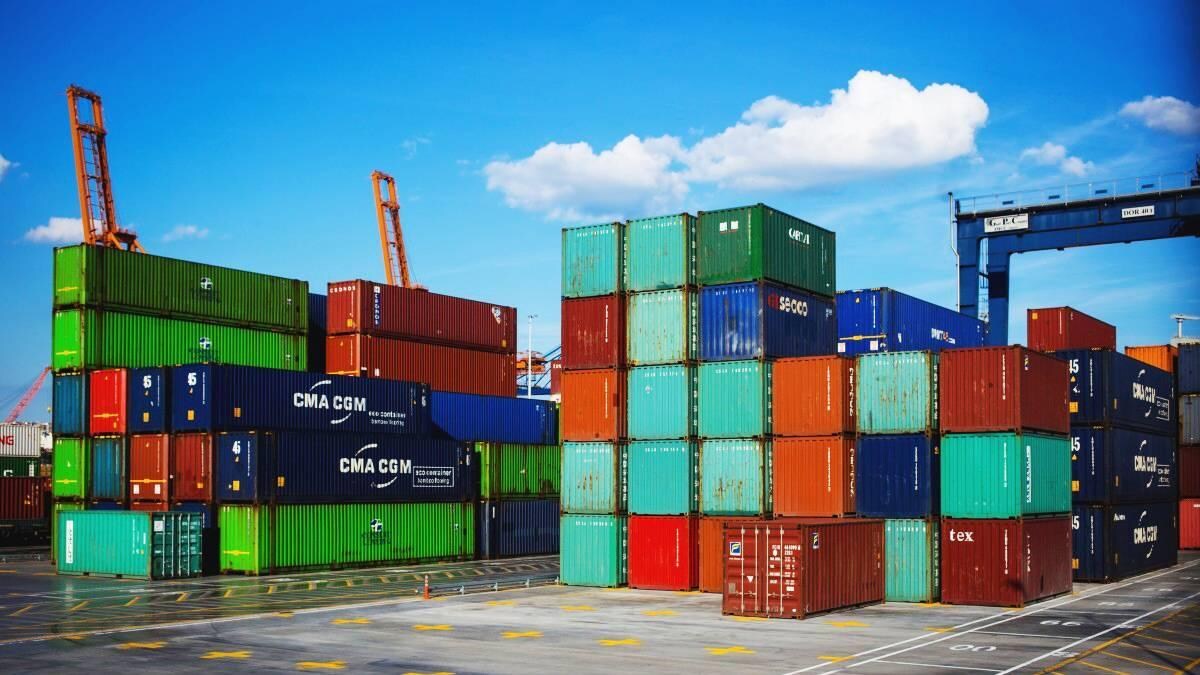



Article by: Hari Yellina
The container shipping business has undoubtedly altered, but a speedy return to normalcy is not desirable, according to recent research from Container Forecaster de Drewry. The sector’s bull run appears to be coming to an end just as we are. Spot rate decreases started four months ago and have continued ever since, getting worse every week. Shipping volumes on the majority of sea lanes also decreased to the same level as a year ago, with high inflation undermining expectations that they will increase once more.
Although they posted record EBIT results in 1Q22 despite carrying fewer containers, shipping companies have demonstrated they can still make astonishing profits. However, the shine is starting to wear off, and investors are becoming concerned about the value of shipping stocks that are down around 22% since the beginning of the year. Extreme freight prices have always been unsustainable; the only remaining question was when the market would shift. and how quickly? Drewry said in the last Container Forecaster He claims that while the container market has undoubtedly changed, the high rates’ lowering and the shipping companies’ profits will last for a while. Despite the “poly-crisis” the world is currently experiencing, shipping lines still have an advantage: supply chain congestion. A very quick normalisation of the market would be anticipated after this issue has been remedied.
Bottlenecks at ports, however, do not yet appear to be disappearing. According to AIS ship tracking data, there are ever more container ships sitting outside of major ports, but according to customer feedback from Drewry, little has changed since the last edition, therefore a solution is not anticipated until 2023. Most respondents (48%) predicted that port congestion problems in North America would be remedied in 1H23, and another 40% were even more pessimistic, predicting that it would take until 2H23 or later. This region is anticipated to be the last to escape the operational chokehold due, in part, to the lack of improvement in the US logistical infrastructure.
Expectations for congestion in Europe were closer to those in Asia than in North America, but again, 73 percent of those polled said they didn’t expect any solutions to materialise before 2023. In context, Drewry predicts that the container shipping market would significantly ease starting in the second half of 2023, when supply chain bottleneck is anticipated to have subsided. which will also be the time when a big surge of new container ships arrives. The firm predicts that the bottlenecks will remain long enough for shipping lines to obtain respectable contract renewals the next year, though much will rely on how quickly the spot market declines and how tightly sealed current contracts are.
Expectations for congestion in Europe were closer to those in Asia than in North America, but again, 73 percent of those polled said they didn’t expect any solutions to materialise before 2023. In context, Drewry predicts that the container shipping market would significantly ease starting in the second half of 2023, when supply chain bottleneck is anticipated to have subsided. which will also be the time when a big surge of new container ships arrives.
The firm predicts that the bottlenecks will remain long enough for shipping lines to obtain respectable contract renewals the next year, though much will rely on how quickly the spot market declines and how tightly sealed current contracts are.